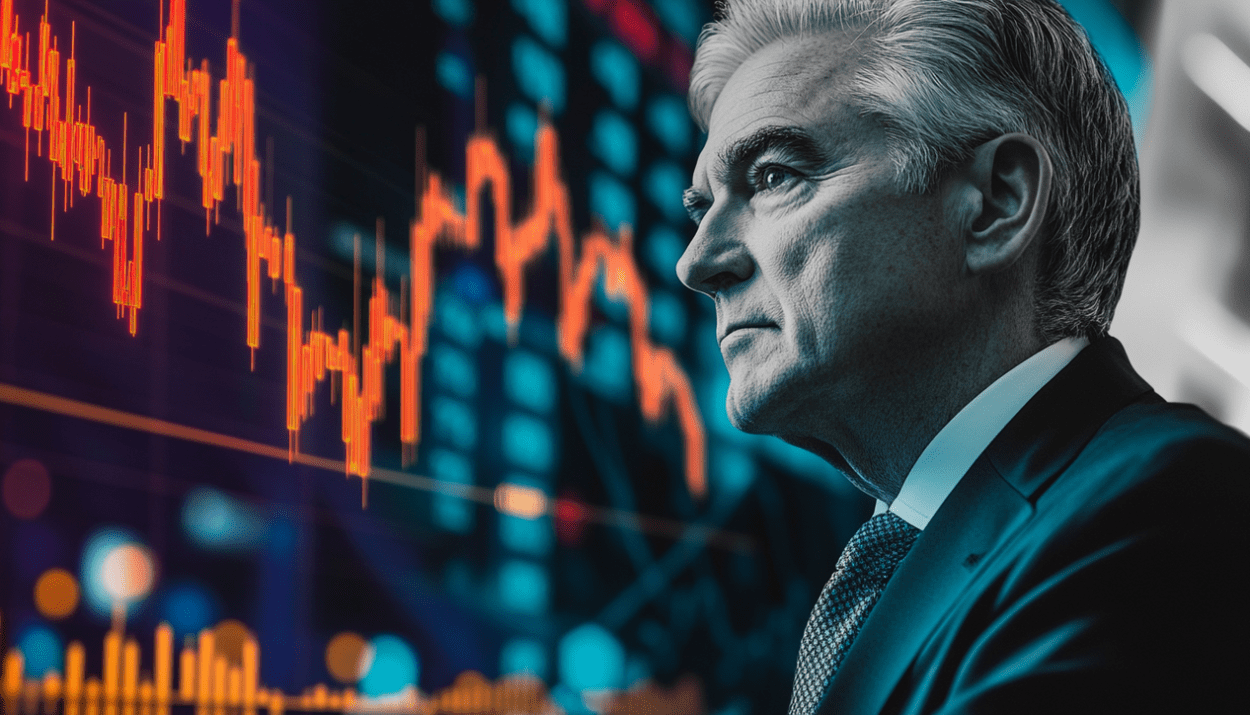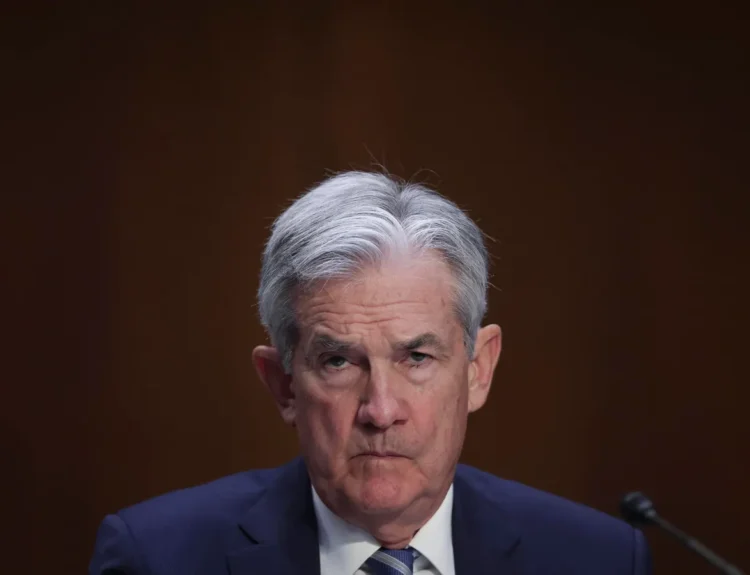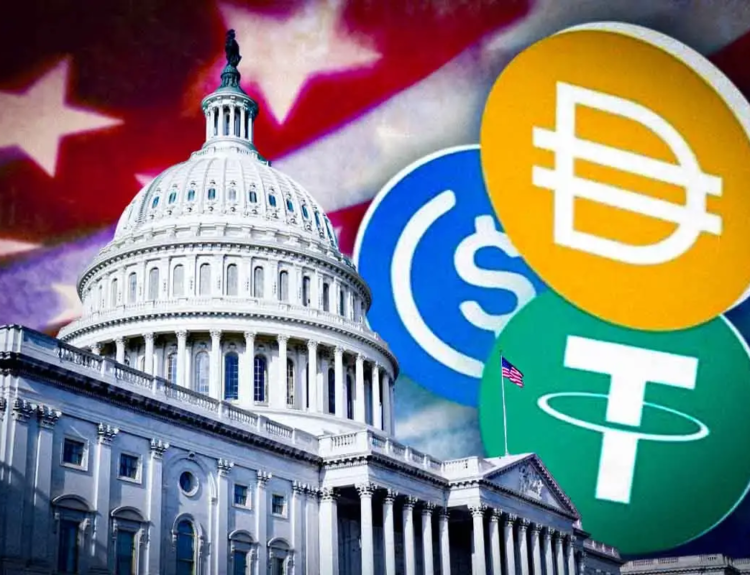Federal Reserve Chair Jerome Powell delivers his keynote speech at the Jackson Hole Economic Symposium today at 10 a.m. ET (3 p.m. BST). Markets are hanging on every word, viewing this as possibly the most pivotal address of his term—at a time when Powell needs to reinforce the Fed’s independence amid mounting political pressure and mixed economic signals.
Investors expect him to subtly signal support for a September rate cut, but not commit outright. How he frames inflation, labor health, and policy strategy will determine markets’ direction.
FOMC minutes earlier this week underscored the Fed’s dilemma: inflation pressures remain sticky, while the labour market shows softening signs. Powell is expected to strike a cautious balance, acknowledging political heat from the Trump administration while trying to keep the Fed’s independence intact.
- Goldman Sachs expects Powell will stop short of explicitly signaling a cut, but hint strongly enough that markets price it in.
- Evercore ISI says Powell will likely avoid pre-committing, stressing instead the Fed’s longer-term strategy on inflation.
- Deutsche Bank believes Powell could roll back the “flexible average inflation targeting” framework from 2020 and return to preemptive action against inflation.
At the same time, Fed officials remain divided: Atlanta’s Bostic and Cleveland’s Hammack are skeptical about cuts now, while Governors Waller and Bowman are openly pushing for one.
Wall Street’s Take: Calm or Storm?
The mood across U.S. markets is subdued:
The S&P 500, Dow, and Nasdaq all slipped by 0.3–0.4%—marking a fifth straight day of declines.
Market sentiment has cooled dramatically: rate-cut expectations for September have fallen from over 90% to around 74%.
Wall Street’s nerves were also rattled by Walmart’s miss on earnings, dragging consumer sentiment and reinforcing tariff-driven inflation concerns
Bond Markets: Yield Tensions Ahead
Treasure markets are quieter than usual, but poised for shifts:
The 10-year Treasury yield remains stuck in the 4.2%–4.34% range, with volatility at its lowest in over 3½ years.
Historically, past Jackson Hole speeches from Powell have triggered a ~21 basis point rise in 10-year yields and roughly a 2% dip in the S&P over the following month. The stakes are high.
Global View: Trends Beyond the US
Markets overseas are reacting in kind:
Asian equities remain mixed: Japan’s Nikkei slipped, but China’s markets rose 0.4–0.7%.
Investors in Europe, particularly in sectors like industrials and utilities, are watching currency and capital flows closely—dovish cues from Powell could favor the euro and lift regional equities.
Scenarios to Watch Post-Speech
1. Hawkish Tone (Less Dovish than expected):
Markets recalibrate. S&P could dip further, bond yields and the dollar rise on tightened expectations.
2. Dovish Tilt (More accommodative than expected):
Markets rally briefly—but may rotate away from mega-cap tech. Commodities and non-U.S. equities could see a lift.
3. Status Quo (Exactly as expected):
Markets could “sell the news” amid the speech, especially if the tone is balanced—no fireworks, just clarity.
Market Snapshot (Before Powell Speaks)
| Market | Status |
|---|---|
| Equities (U.S.) | S&P, Nasdaq, Dow: −0.3% to −0.4% |
| Rate-Cut Odds | September: ~74% (down from 90%) |
| 10-Year Yield | Around 4.3%; bond volatility muted |
| Dollar | Slightly stronger, helped by hawkish data |
| Asia Markets | Mixed; China up 0.7%, Japan down |
| Commodity Trends | Gold down ~0.2%, oil steady |
Markets are waiting—and worried. Powell’s speech could shift the September rate-cut odds and reshape markets across asset classes. Whether it’s a shove toward optimism or a warning of patience, Jackson Hole may set the tone for the Fed’s path forward.
Disclosure: This article does not represent investment advice. The content and materials featured on this page are for educational purposes only.
Related:
Markets Brace for Jackson Hole as Fed Faces Trump Pressure and Policy Uncertainty
Morning Bid: Jackson Hole Opens Under Trump’s Shadow










